
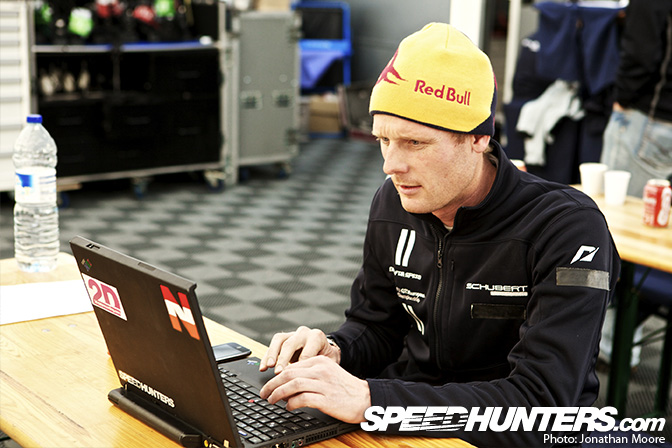
In part one we introduced some of the principle terms involved in setting up a race car, and then in part two Edward Sandstrom, Team Need For Speed driver in the FIA European GT3 Championship, explained how he goes about finding the optimum set-up and copes with the ever-changing nature of a race car out on track. I’ll wrap with Edward talking about the team approach to a race weekend: how the team supports the two drivers and the procedures they follow to keep the car in optimum condition.
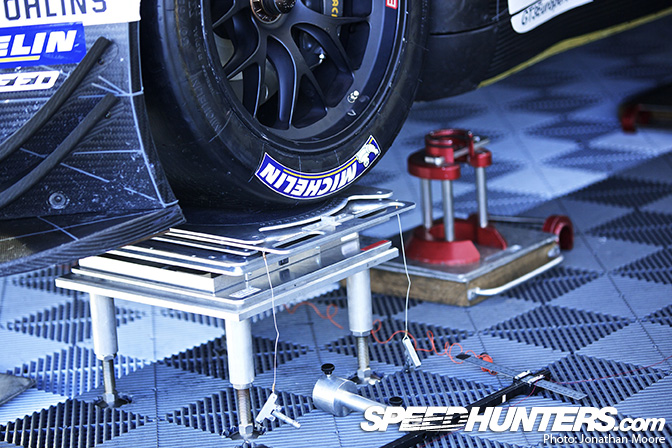
Edward, your background is in single-seaters: is there much difference in the way you go about setting a GT car up? How do you prepare for a race weekend?
Edward: The biggest difference is the increase of mass. That makes everything slower and also more difficult for the tyres. I think probably the stiffness of the car is the biggest change in combination with weight. But the principles involved in set-up are more or less the same. For preparation, if it’s a new track I for sure try to figure it out through videos and so on. You want to be able to visualise the track in your head – though you can only do that really properly after you have driven some laps.
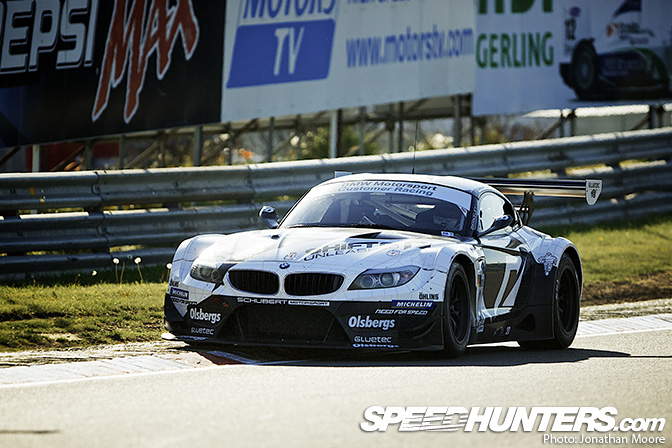
It’s even hard when you have been to a track before it but haven’t driven there for a while. But as a driver you have a certain system for your technique and it’s normally quite easy to apply it on new tracks. You often need to make adjustments and find out small things that can be really important in the end, such as changes to kerbs and that sort of things. How you can use them is different from car to car and sometimes affects the way you approach set-up.
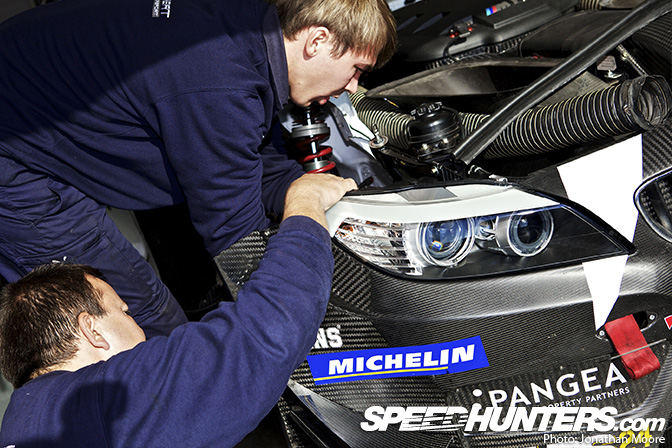
The team start their preparations back at the factory. This more or less means they strip the car and rebuild it again to make sure everything is perfect. They’ll apply a baseline set-up which they later check again at the track to ensure the set-up plate is configured properly at the track. They also prepare test schedules, parts and all the logistics between the races. There are so many things that need to be under control. And as always a team is only as strong as its weakest link.
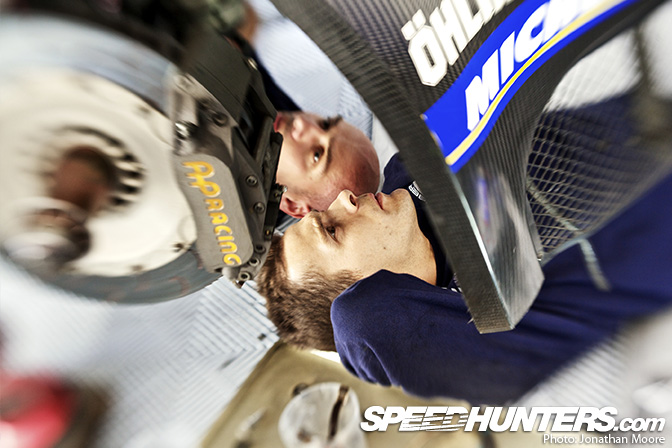
How many people work on your car and what do they do? There always seem to be a lot spanners and bolts involved…
Edward: I work closely with my race engineer: he is responsible for the set-up, on-track activities and strategy – he’s my main contact. Then we have one data engineer for both cars, he collects all the data and analyses it; my engineer will give the data engineer specific areas to analyse.
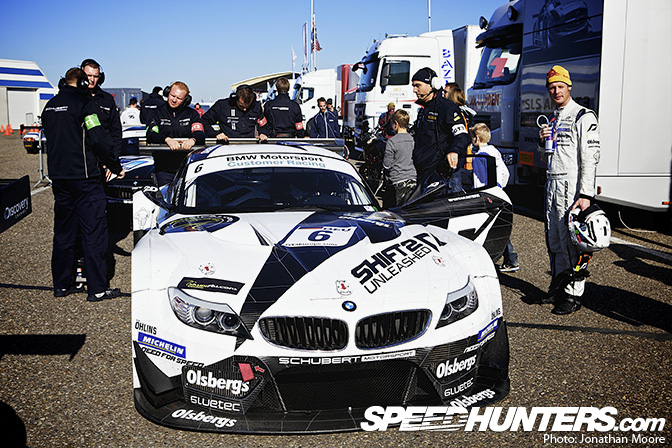
My chief mechanic prepares the car between the races, and he’s also responsible for two supporting mechanics during the weekend. Additional to this we have a person only responsible for the tyres. So in total there are up to six people working on my car. Sometimes we also have support from BMW Motorsport – mostly regarding electronics, but they help in all areas they can.
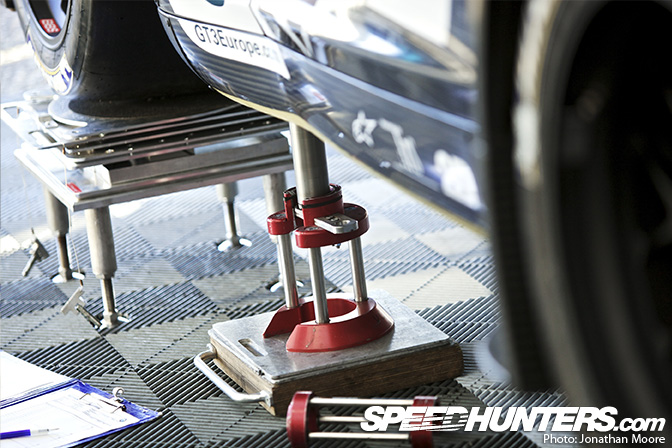
Is there a set routine after each session? I always see the team jacking the car up, taking the wheels off and using the plumb-lines strung out between the wheels. What do all the bits of equipment do?
Edward: Every time between the sessions of a race weekend the team do what is called a set-down, to make sure the car still has all the right measurements.
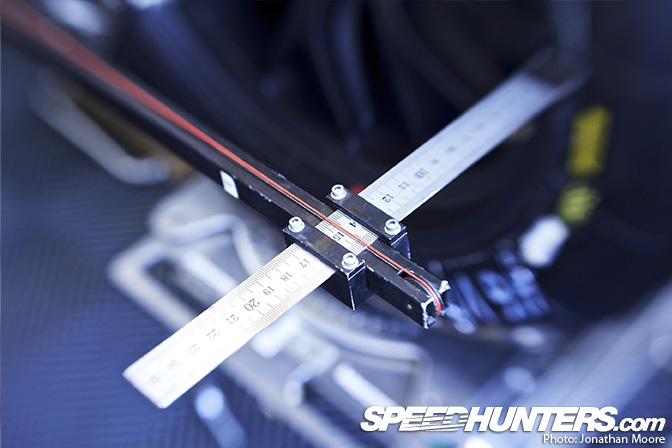
They use the the plates to be able to measure everything. It’s mainly camber, toe-in and -out, ride heights and corner weights that you use the plates for. Sometimes you also use the equipment to prepare changes in advance, so you can do them with having to all the measuring gear out again.
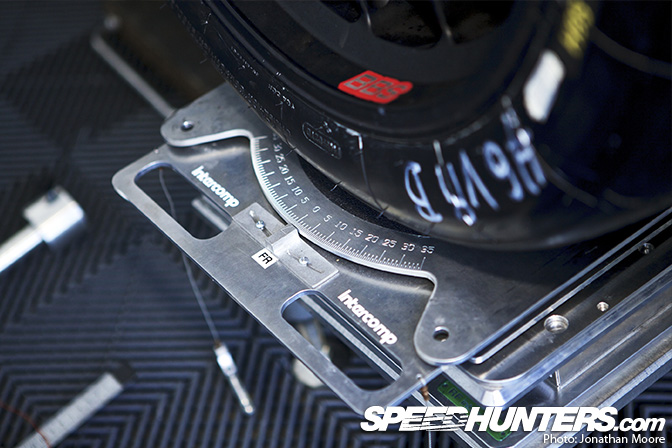
During a session all changes have to be done fast to not miss track time. Therefore you prepare the changes up front and how much you need to adjust to reach a certain measurement.
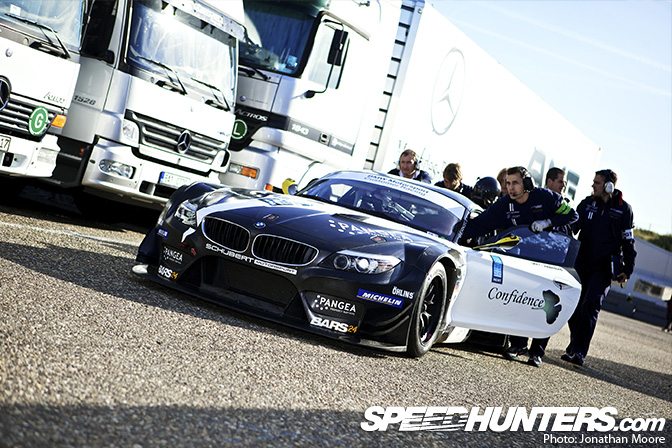
What is the main aim of the free practice sessions? Learning the track perhaps to start I presume, but then looking at qualifying and race set-ups?
Edward: You’re often limited in time, so you have to combine things. Of course you need a certain amount of laps to just learn the track, but maybe you can prepare brakes or something else at the same time. The more prepared you are, the more time you’ll have in the end to find the small things. The first session in FIA GT3 can be hard if you have chosen to not use new tyres, as we are only allowed to use one set of new tyres during practice.
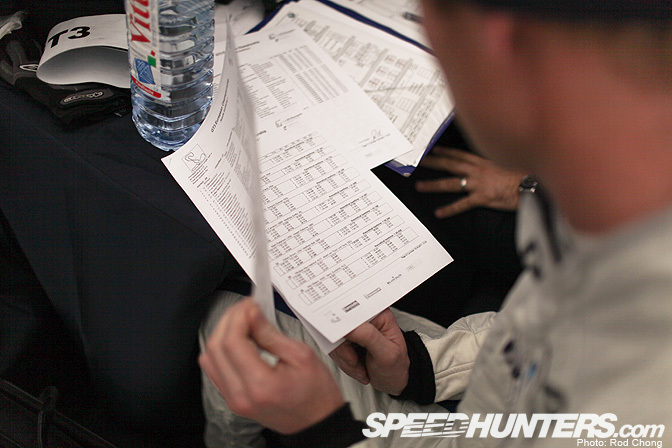
If you want to use them with the optimum amount of fuel you have to do it at the end of the first practice session as we can’t refuel during a session. It can be tricky to do it before you have had a chance to properly analyse the data. On the other hand you can never really simulate a real qualifying for both of the drivers, so you have to use your experience anyway. During the second session you try to do a race simulation to see how the tyre wear is. Then you also have to use experience to predict how the track will develop during the race weekend.
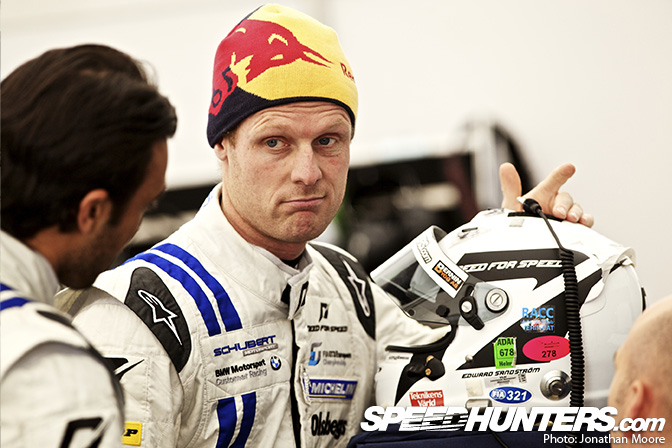
How do you balance set-up for the driving styles of two drivers?
Edward: Hopefully you have drivers that more or less like the same sort of balance. But it can be tricky and then only a compromise is the solution. I think mainly you set-up the car for the pro driver in FIA GT3.
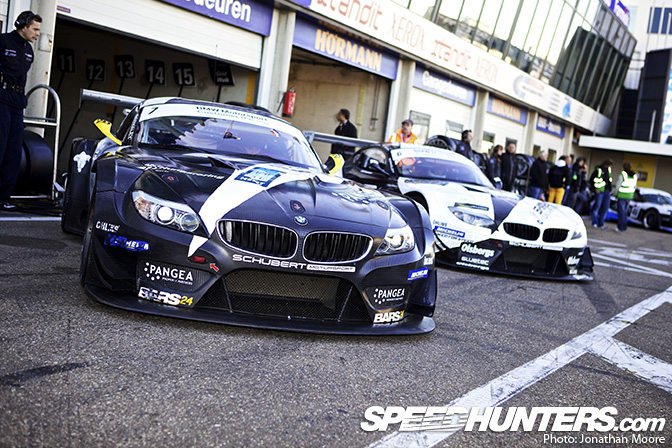
Does having two cars in the team help?
Edward: It helps a lot when you can test different things on both cars to faster get know-how about what’s seem to work or not, as well for the drivers when it comes to data analysis.
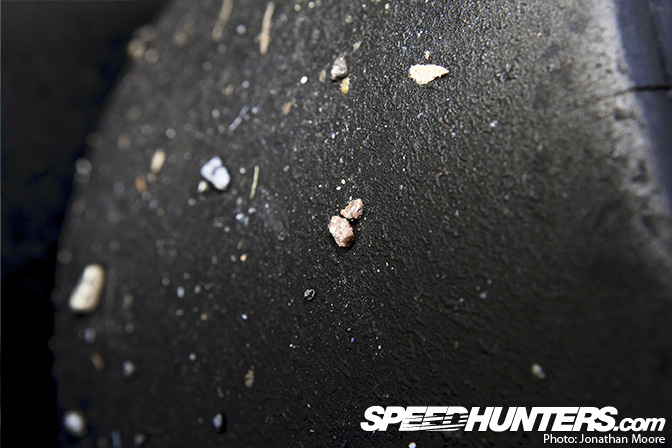
What part of the set-up is the biggest deciding factor for the Z4, and do you make changes specially for Qualifying?
Edward: The biggest part is to work out the traction side. The Z4 is very responsive in steering, so if you can get the rear to follow you’ll have a fast race car. You for sure try to push the tyres a bit harder with the set-up in Qualifying, but we’ll only make quite small changes.
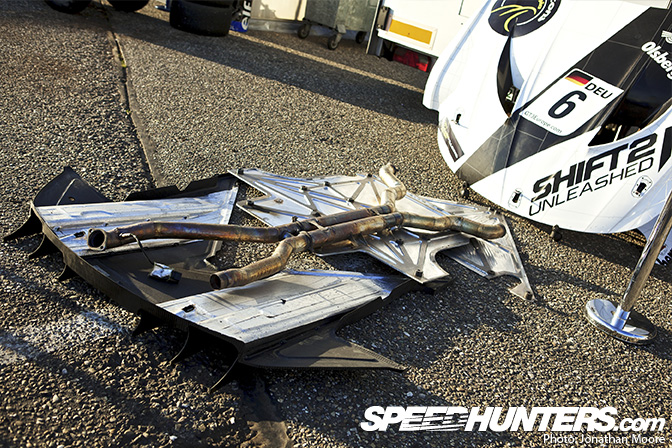
But I would say that you will be run over if you stop evolving the set-up over a weekend, though you can’t afford to take big risks with set-up in GT3. It’s about applying things you have learned from before that can be used in similar conditions.
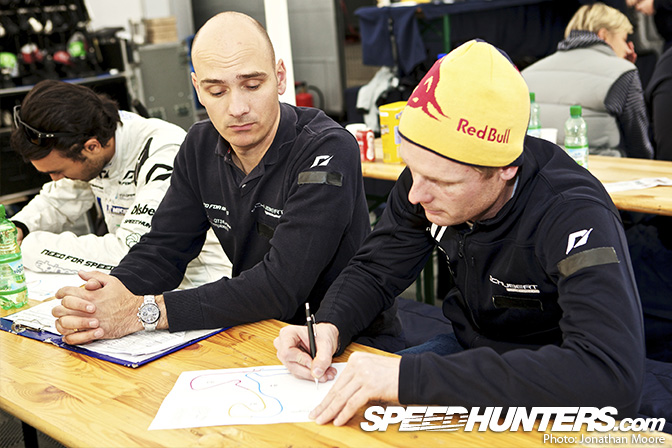
After each session you talk through how the car felt with Stefan, writing down how it was in each part of the track – do you always do that, and is it used in conjunction with the data to help work out how to make changes?
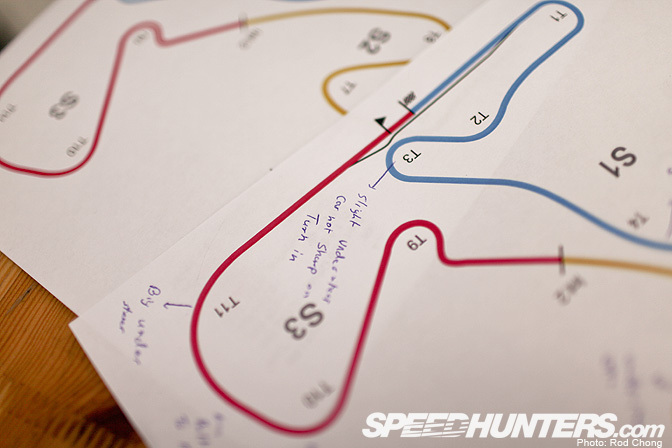
Edward: It’s more or less a debriefing to get Stefan to understand what we have learned from the session. You divide each corner into sections to make it easier for him to understand and to separate information out. You have to be careful how you explain things so the engineers don’t make changes that go too far. This is something you have to work on for a while until you can get a feeling for what the driver is trying to express.
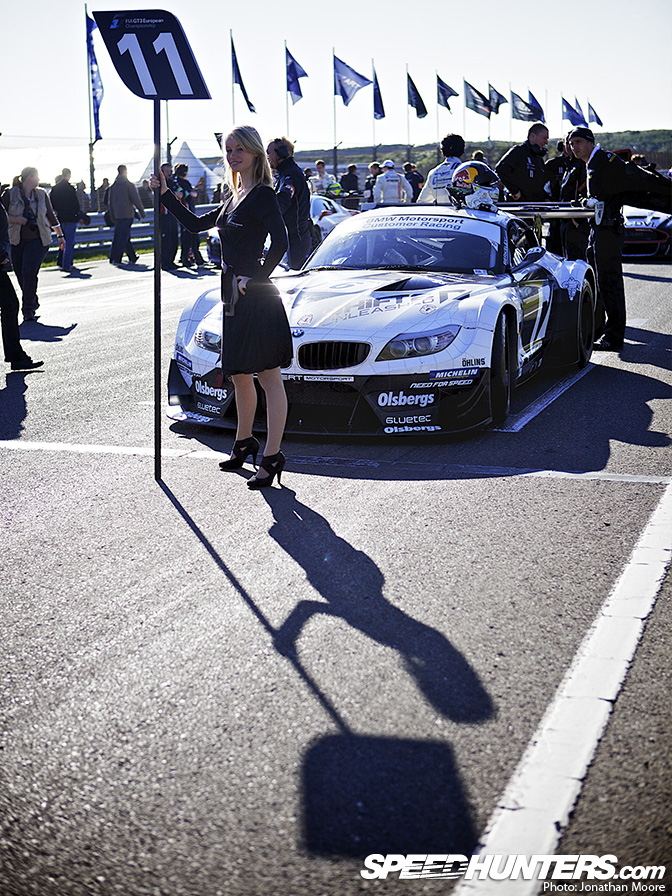
Once the races start, I take it that the team can’t really do much more to the set-up? The team wheel you out onto the grid – and then you’re off?
Edward: It’s up to the driver from then on, and the team for the pitstop and driver-change. The only thing we can change during a race is the tyre pressure when making the pit-stop.
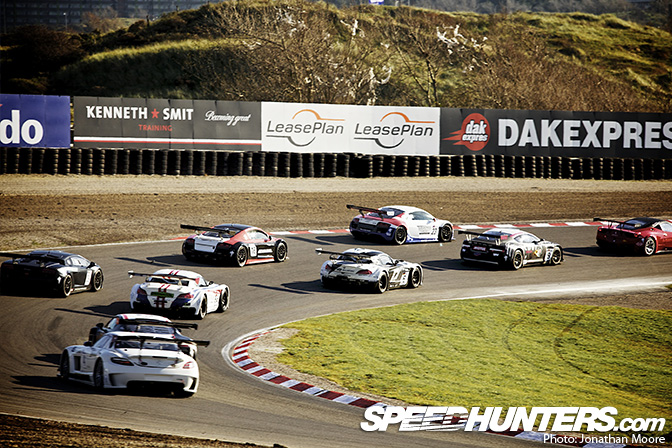
How do you and the team deal with issues you’ve found over the weekend? How much testing can you do outside FIA GT3 with the car?
Edward: Yes, we can do testing outside the races without limitations to look into things we’ve discovered. The worst factor can be time. This year we got the cars late and could not do much testing before the season started. For example, we had no time to compare tyres. In-between races we have the biggest chance to work further on areas that needs to be improved. But to do this you have to go somewhere and test on track. The tricky thing when you’ve got two drivers in the car is that you need even longer tests to give the same amount of time for both drivers.
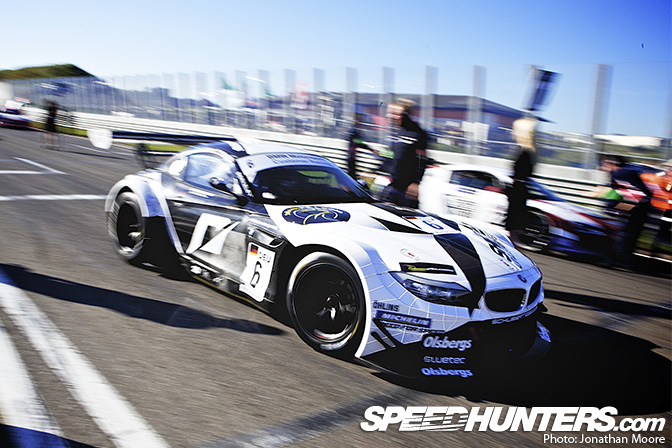
What are you doing in the off-season? What’s your next race?
Edward: From now on I’m working and training. I will do some interesting work together with EA and Need for Speed to try to give my feedback on virtual racing during the autumn. At the same time me and the team will begin our plans for next year and make a list of potential improvements. Everything to achieve even better results in the future!
Jonathan Moore






Really enjoying this series, thanks Jonathan.
Great series of Articles.
Any news if the NFS Team is coming to Australia for the Bathurst 12Hour, Edward? As a few Euro teams are coming now.
really enjoying this series,ls keep it going to some extent. would lopve to read more
Bathurst would be cool. Until now nothing is decided. So we have to wait and see. /Edward
quality.... would love to see this sort of interviewing and setup details for the various other forms of motorsports that SH monitors